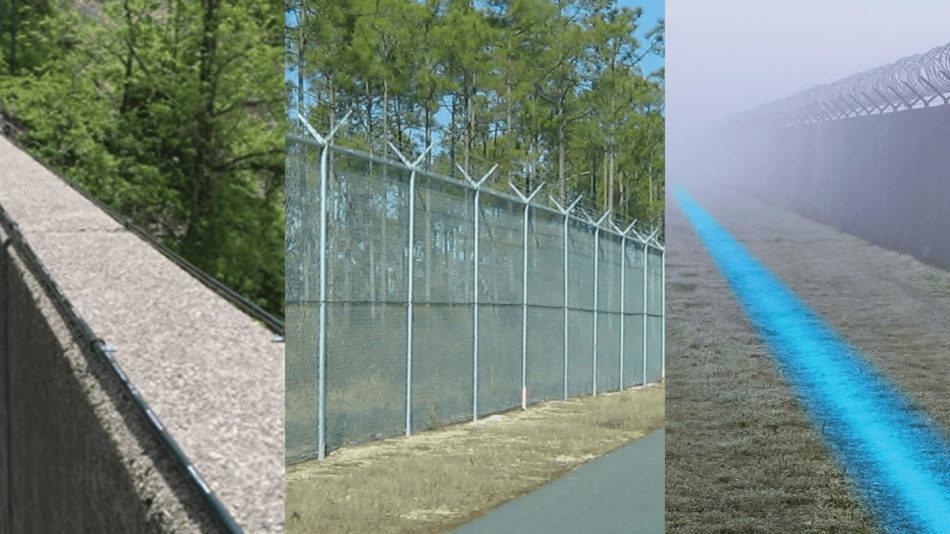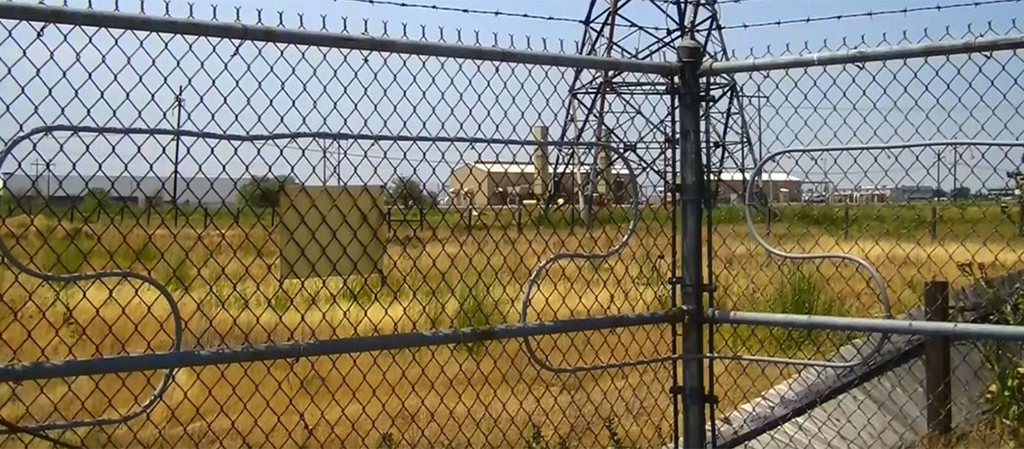How Fiber Security Helps Prevent Intrusions and Improves Monitoring
Wiki Article
Enhance Your Security With Advanced Fiber Optic Protection Equipments
In an era where safety and security is paramount, advanced fiber optic safety systems provide a compelling remedy for enhancing safety and security across various atmospheres. What effects do these advancements hold for future protection steps?Advantages of Fiber Optic Security
Using the advantages of fiber optic modern technology significantly improves safety and security systems throughout various applications. One of the main benefits is the raised bandwidth ability, enabling the transmission of big amounts of data at broadband. This is particularly vital for real-time video monitoring, where high-resolution feeds can be sent without latency, ensuring prompt action capacities.In addition, fiber optics show exceptional resistance to electromagnetic disturbance, which is crucial in environments with potential signal disturbances. This dependability ensures consistent performance in critical protection procedures. Fiber optic cable televisions are much less vulnerable to touching and unauthorized gain access to compared to conventional copper electrical wiring, therefore enhancing information stability and privacy.
An additional noteworthy benefit is the toughness of fiber optic systems; they are a lot more resistant to environmental aspects such as moisture, temperature level fluctuations, and destructive materials. This durability translates to reduce upkeep prices and longer life expectancies for safety and security setups.
Last but not least, the lightweight nature of fiber optic cords assists in less complicated installation and routing, specifically in complex facilities (fiber optic security system). Eventually, the integration of fiber optic modern technology right into security systems not only boosts protection steps however additionally optimizes functional performance
Trick Features to Think About
When examining fiber optic safety systems, numerous vital features must be taken into consideration to make sure optimal efficiency and effectiveness. Initially, assess the system's detection array and sensitivity; a comprehensive array enables for monitoring big locations, while high sensitivity makes sure that also minor disturbances are detected immediately.Next, consider the combination capabilities of the system. A fiber optic safety and security system should seamlessly interface with existing security actions such as cams and alarms, developing a natural safety and security network.
Resilience and environmental resistance are also important features. Make certain that the system is created to endure severe weather and potential physical hazards, as this will certainly extend its operational life expectancy.

Finally, check out the scalability of the system. A durable fiber optic safety system must be conveniently expandable to accommodate future demands without substantial overhauls. By thoroughly considering fiber optics infrastructure for security installations these attributes, you can choose a fiber optic security service that boosts security and security in your atmosphere.
Setup Process Review
To successfully carry out a fiber optic security system, a systematic setup process is necessary. This procedure starts with an extensive website analysis to figure out the details safety and security demands and to identify ideal locations for fiber optic cables and safety and security tools. Following this assessment, the installment group will certainly develop an in-depth plan, including cord paths, required devices, and conformity with regional laws.Next, the setup entails laying the fiber optic wires, ensuring they are secured from ecological elements and physical damage. Proper handling methods are essential, as fiber optic cords are sensitive and can be easily damaged. After the cabling is set up, ports and terminations are meticulously completed to guarantee signal stability.
The succeeding stage contains mounting safety and security devices such as electronic cameras, activity detectors, and alarm, all incorporated with the fiber optic network. Strenuous screening is conducted to validate that all components are functioning appropriately and to ensure optimum efficiency.

Contrasting Fiber Optic to Conventional Equipments
The development of safety innovation has resulted in significant advancements in the contrast in between fiber optic systems and typical copper-based systems. Fiber optic systems utilize light to transmit information, using exceptional data transfer and rate compared to their copper equivalents. This leads to enhanced data transmission capabilities, making optical fiber suitable for high-resolution video clip surveillance and real-time monitoring.In addition, fiber optic cables are immune to electromagnetic disturbance, reducing the chance of signal deterioration brought on by outside factors. This particular guarantees regular performance, also in difficult settings. On the other hand, traditional copper systems are extra prone to interference, causing potential vulnerabilities in security applications.
Sturdiness is another benefit of fiber optic systems. They are much less susceptible to damage from environmental elements such as moisture and temperature level changes, which can endanger copper electrical wiring. Fiber optics are lighter and thinner, enabling for less complicated setup and decreased physical impact.
However, standard systems often tend to have reduced first costs, making them attractive for budget-conscious jobs. While fiber optic systems may need a greater ahead of time financial investment, their long-lasting advantages-- such as reduced upkeep costs and better dependability-- frequently surpass the initial cost, positioning them as a superior choice for modern protection requirements.
Future Fads in Safety And Security Technology
Arising trends in protection modern technology are positioned to change the landscape of monitoring and threat discovery - fiber optic security system. As companies progressively encounter innovative risks, innovations such as expert system (AI) and device discovering (ML) are becoming essential to safety and security systems. These modern technologies boost the capability of fiber optic systems by enabling real-time data analysis, identifying abnormalities, and automating feedbacks to potential breachesIn addition, the assimilation of the Web of Points (IoT) is changing safety structures. IoT devices can supply extensive situational awareness and promote seamless interaction in between different protection components. This interconnectedness permits much more reliable tracking and faster occurrence response times.
Biometric authentication is also acquiring momentum, providing a higher degree of security through one-of-a-kind physical features. As this modern technology evolves, it is most likely to be incorporated right into fiber optic systems for improved access control.
Conclusion
In conclusion, advanced fiber optic safety and security systems represent a substantial development in safety and surveillance modern technology. The transition from standard systems to fiber optic options reflects an expanding trend towards a lot more efficient and effective safety actions in an increasingly intricate technological landscape.Report this wiki page